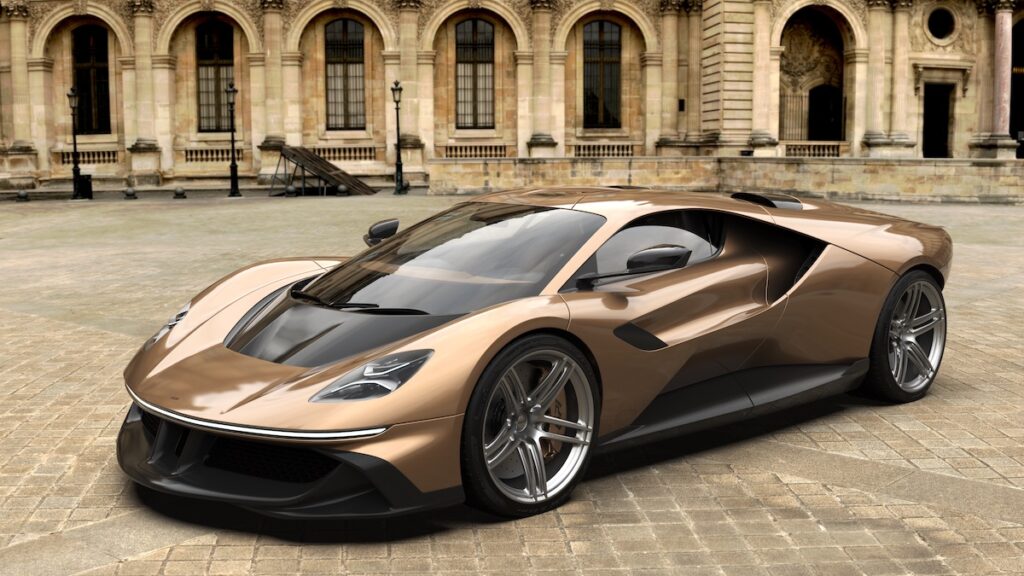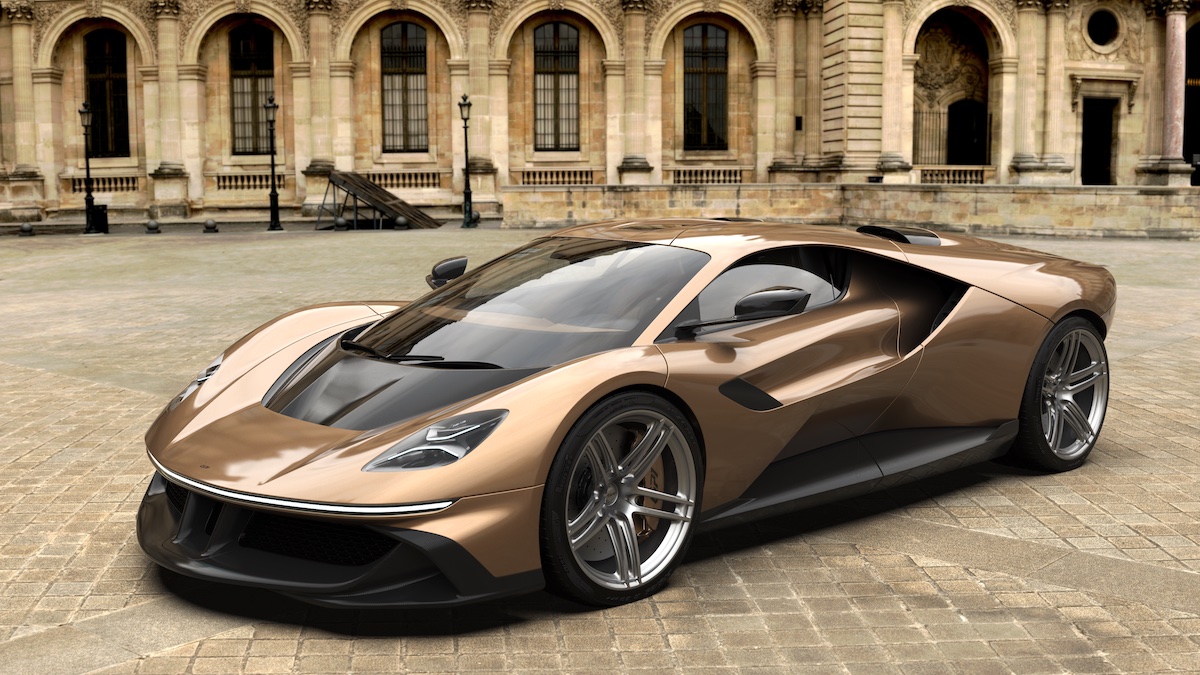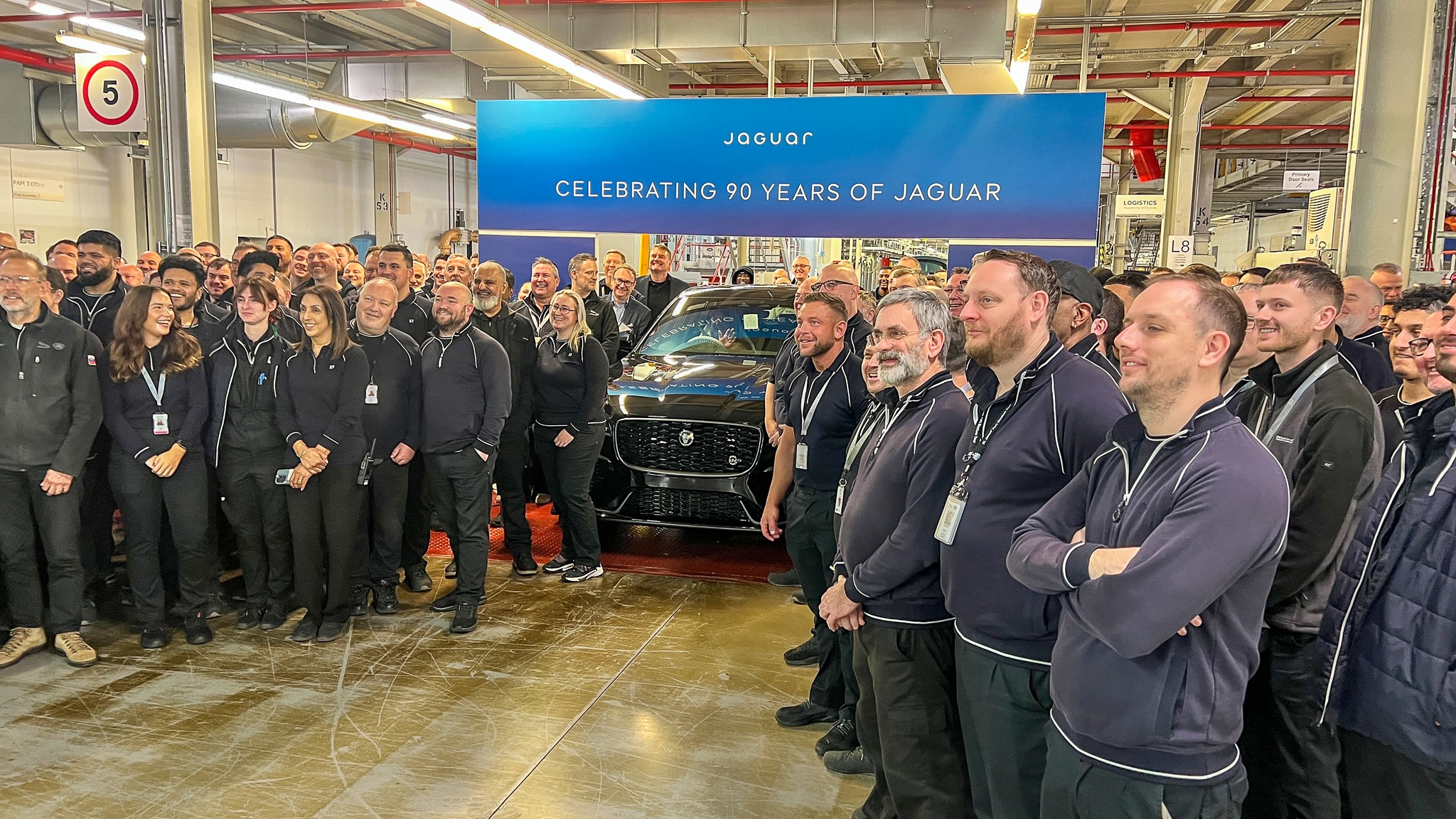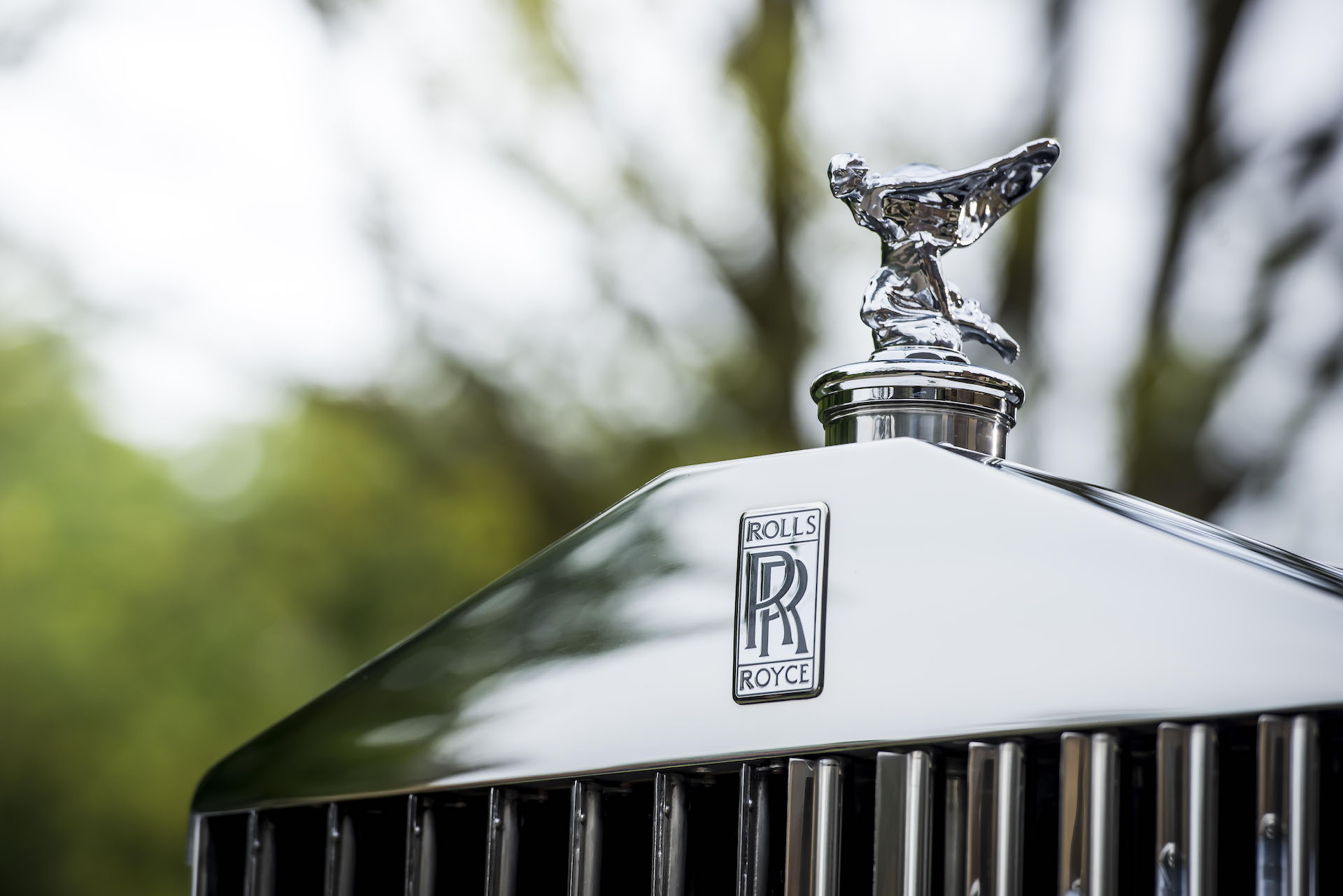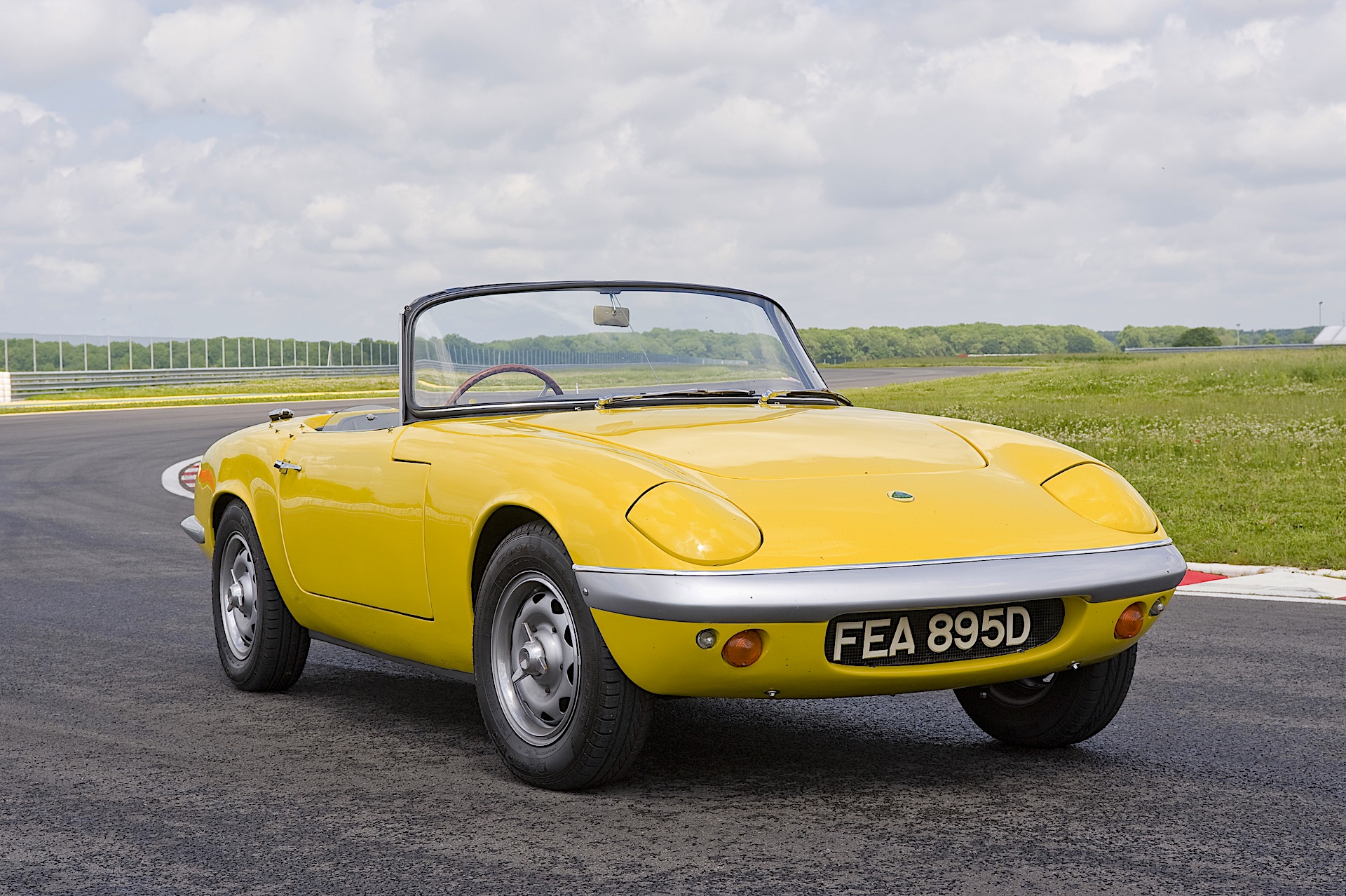While much of today’s supercar and hypercar market looks to be embracing hybrid technology as a way of churning out ever-faster cars with violently quick 0-100km/h times, a new British startup is looking to challenge that way of thinking.
Dubbed Garagisti & Co., a name inspired by the rebellious privateer teams that shook up Formula 1 in the 1950s and ’60s, the company has brought together some big names to create what could be one of the most analogue hypercars out there today, alongside the DeTomaso P72.
Dubbed the GP1, this amazing machine has been penned by Angel Guerra. Given his former employers include the likes of Bugatti and Rimac, it’s perhaps no surprise it’s quite the looker.
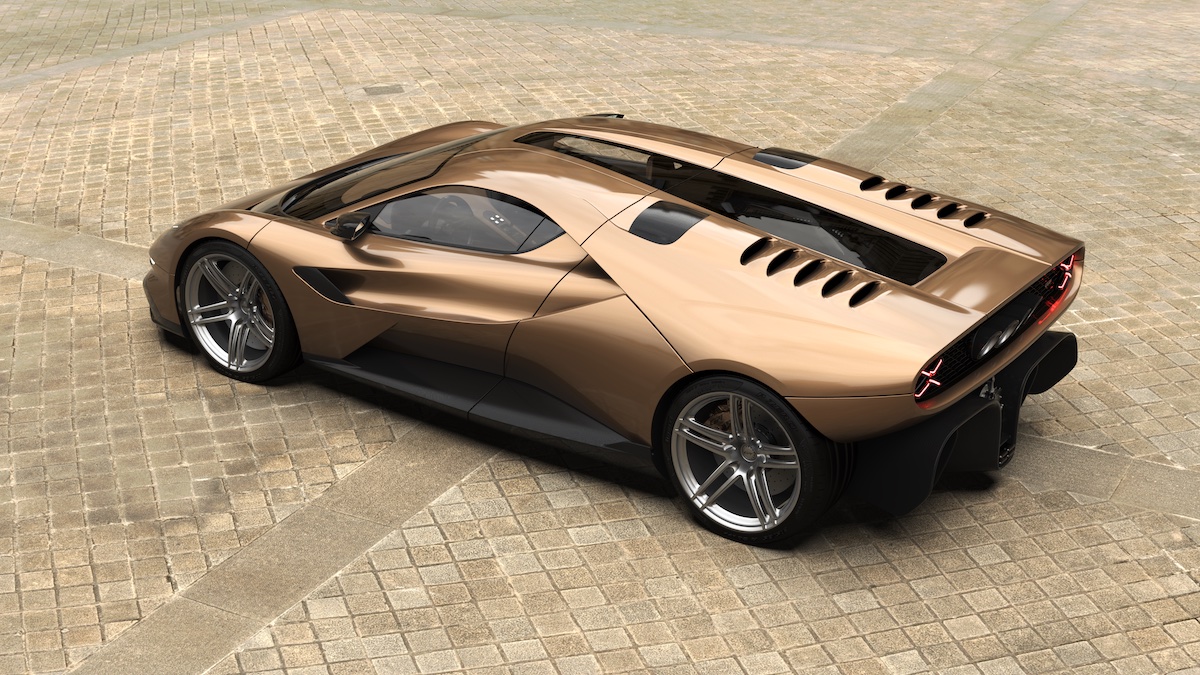
Drawing upon cues from the golden age of wedge design of the ’80s and ’90s, several GP1 customers and ambassadors commented during the car’s design phase of seeing hints of the Lancia Stratos Zero, the Lamborghini Countach, and other Gandini masterpieces.
Although built around a thoroughly modern carbon fibre monocoque, the rest of the experience is intended to be as analogue as possible. That means power is derived from a naturally aspirated V12 engine developed by Italtecnica, with claimed outputs of 800hp at a screaming 9000rpm along with over 700Nm of torque.
Garagisti & Co. claims this V12 is “designed not just to perform, but to delight with a mechanical soundtrack reminiscent of motorsports engines from a bygone era”. On paper, at least, it sounds like a recipe for success.
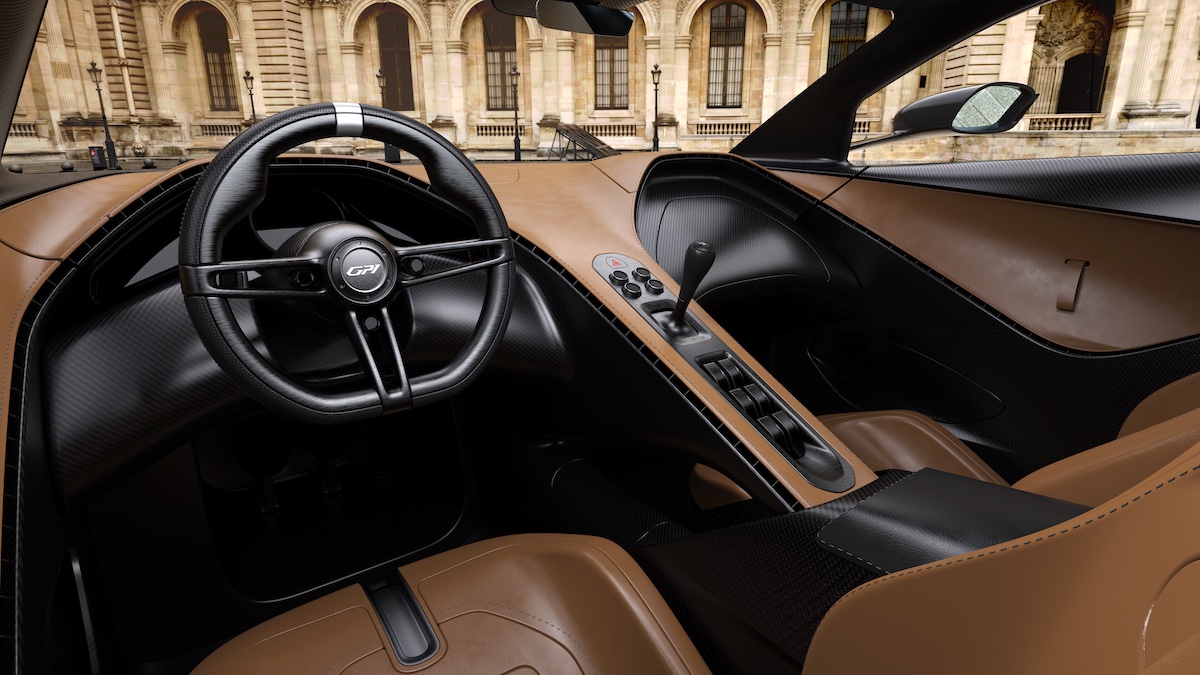
Only adding to that mechanical experience is a six-speed manual gearbox channelling that power to the rear wheels alone.
Inside, the GP1’s interior has been designed to emphasise ‘driving purity’, with a distraction-free cockpit that eliminates any distractions yet features controls that are intuitively placed. “No oversized screens. No unnecessary gimmicks. Just you, the machine, and the road ahead,” was the brief given to Guerra by the company.
Although obviously designed to wow on a circuit given its immense power and claimed 1000kg dry weight, Garagisti & Co. claims the GP1 will still offer true GT road car comfort, with measured cabin noise and ample luggage room.
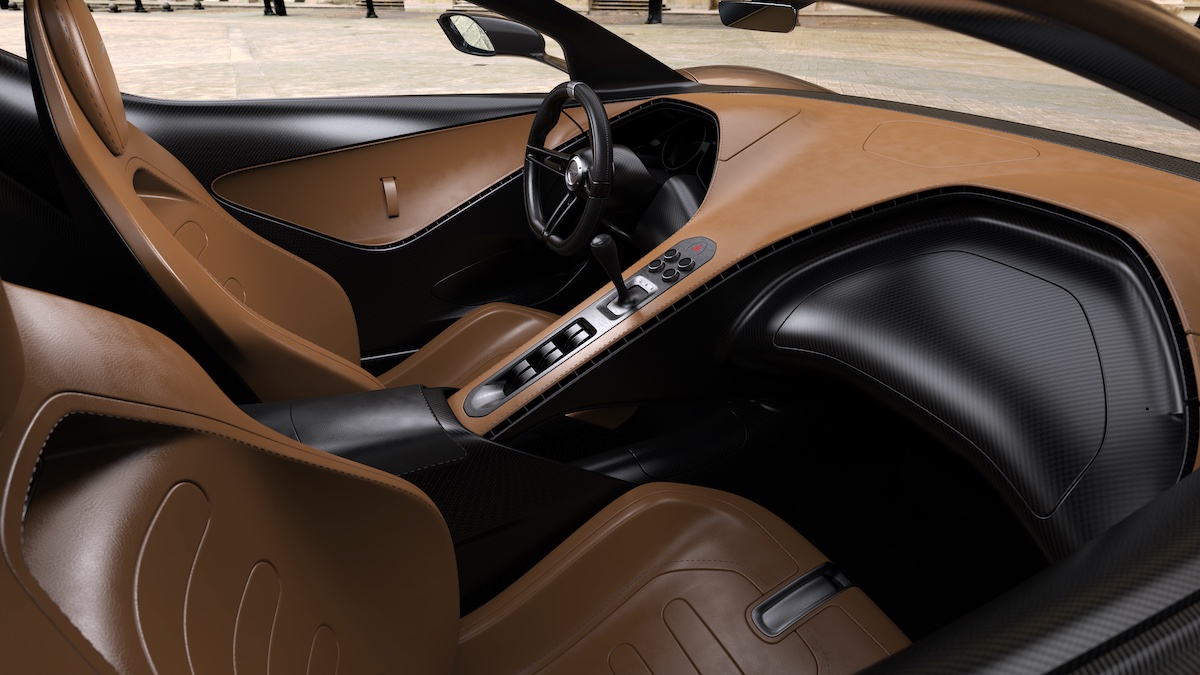
In addition to Italtecnica and Guerra, other collaborators in this project include DEXET Technologies along with a number of OEM suppliers including Brembo, Öhlins, and Xtrac among others.
Indeed, the company claims that this group “are creating what the big manufacturers cannot: a hypercar with no brand legacy to protect, no focus groups to please, and no algorithms to optimise. Just instinct, taste, and engineering excellence.”
Priced from £2.45 million (A$5.06 million) plus local taxes and shipping fees, only 25 road cars are set to be produced.
Each will be hand-built to each buyer’s own specification through a bespoke commissioning programme based in the UK, while the first 12 customers will gain unprecedented access to intimate gatherings across the UK and Europe with the engineers, designers, and visionaries shaping the GP1 through Garagisti’s ‘Open Doors’ programme.
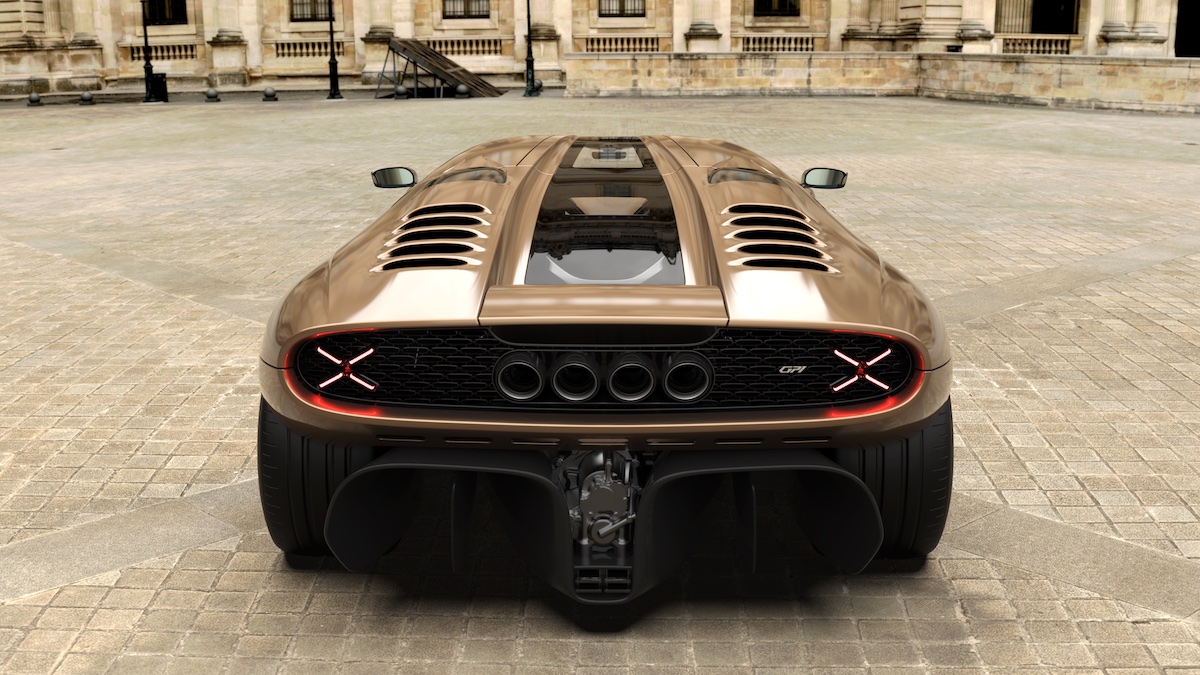
“Our vision for Garagisti was born from a simple question,” says Mario Escudero, co-founder of Garagisti & Co.
“What if the golden age of analogue supercars never ended? What if icons like the Countach Evoluzione had sparked a lineage rather than a dead-end? What would the great cars of the ‘80s, ‘90s and early 2000s look like today if they’d evolved with new technology but kept their analogue soul?
“We brought together some of the best minds in the world and answered that question with our hands, our hearts, and our passion. The GP1 is our answer.”

